Canada has hosted some truly regrettable vehicles over the years. Some came in on a wave of hype only to crash hard on the rocks of rust, recalls, and poor build quality. Others were simply ill suited for Canadian conditions, falling apart faster than they could warm up. From the 1980s to the 2010s, here are 15 of the worst cars ever sold in the Great White North.
Pontiac Fiero (1984 to 1988)
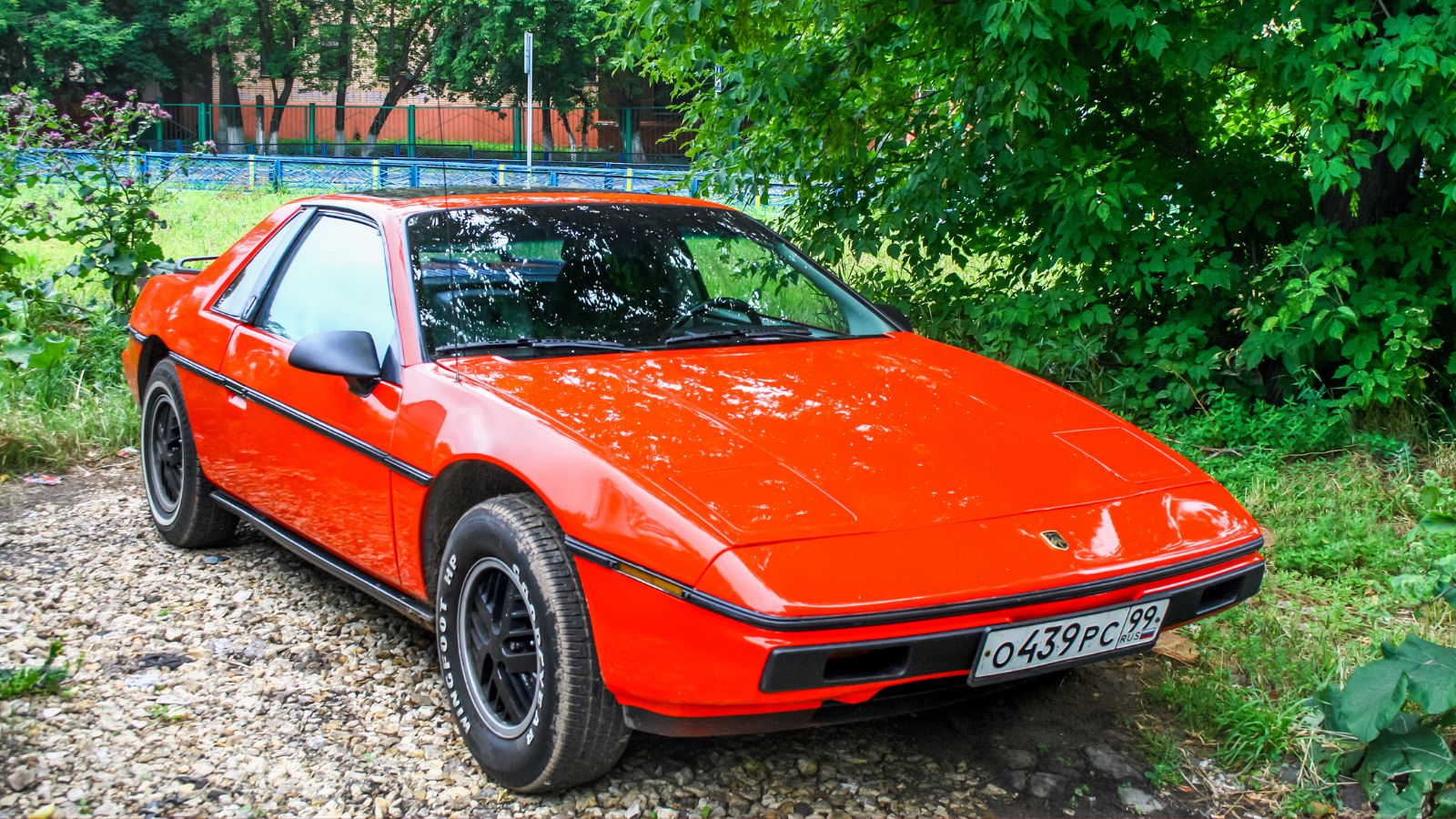
At launch, the Pontiac Fiero looked like a budget Ferrari and sounded like a bargain dream. A mid engine two seater for the masses? That was unheard of. Sadly, it quickly gained a reputation for catching fire. Not metaphorically. Literally. Due to oil leaks and subpar engine materials, early Fieros could burst into flames. Add to that a lawnmower four cylinder engine and a clunky interior and you had a sports car in name only. A great idea ruined by bean counters.
Hyundai Pony (1983 to 1987)

The Hyundai Pony was Canada’s introduction to Korean cars. It was also a masterclass in what not to build. This rear wheel drive box on wheels was cheap to buy and even cheaper in execution. Rust developed before the first snow melted. Acceleration was an afterthought. Interiors rattled like loose change. For a while it was the best selling car in Canada, which tells you more about our thirst for affordability than Hyundai’s design prowess in the eighties.
Yugo GV (1986 to 1992)
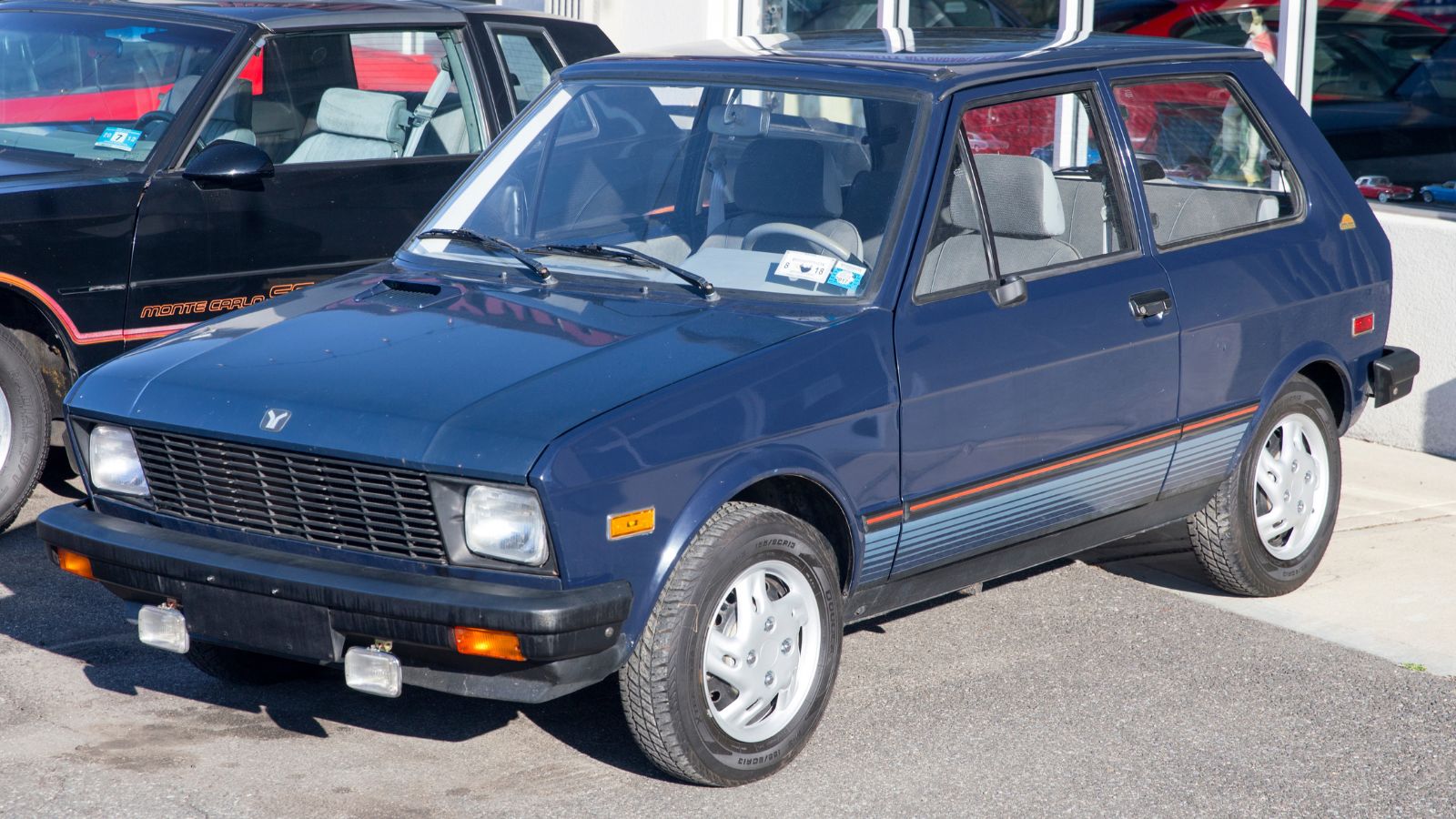
The Yugo GV was imported from Yugoslavia and boasted the distinction of being the cheapest new car available. There was a reason for that. With Soviet era engineering and bargain basement materials, the GV was slower than an apology line at Tim Hortons. It lacked power, safety, refinement, and, in many cases, functioning doors. It broke down so often that some owners carried toolkits in the trunk like survival gear.
Chevrolet Cavalier (1982 to 2005)
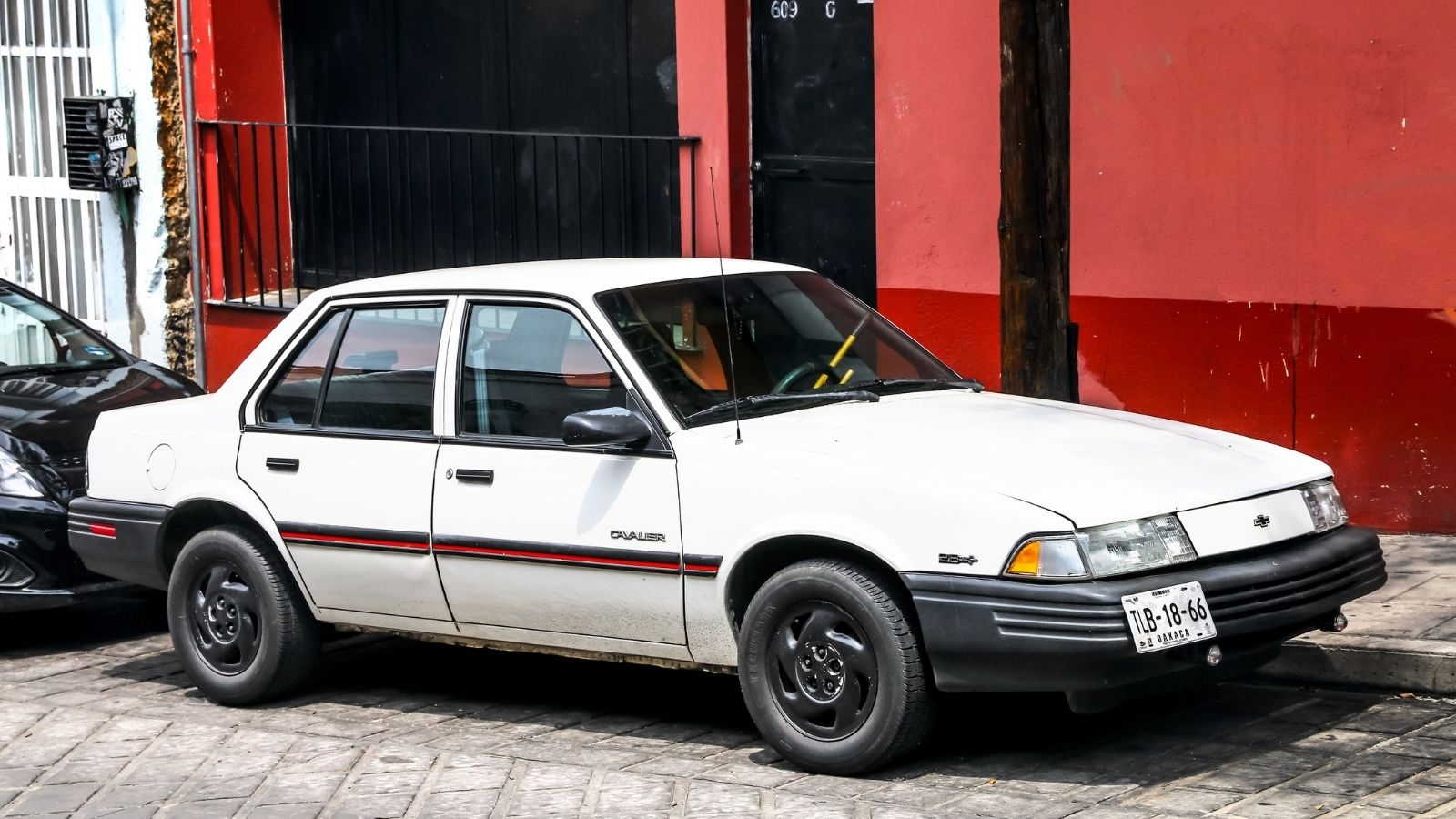
The Cavalier overstayed its welcome by a good two decades. Early models were unremarkable, and by the nineties, they were everywhere. Built with GM’s finest discount materials, Cavaliers had suspension that felt like it was filled with oatmeal, and interiors that cracked in the sun like dried maple sap. Base models came with less power than a lawn trimmer and handling that resembled a canoe in a windstorm.
Dodge Caliber (2006 to 2012)

The Dodge Caliber was Chrysler’s attempt at a compact hatchback and it was an all around failure. The styling was blocky and confused. The interior felt like it had been carved out of a recycling bin. Worst of all was the continuously variable transmission which whined like a mosquito and robbed the car of any fun. The steering was vague, the ride was crashy, and it somehow managed to be both slow and inefficient. A commuter car that made you dread the commute.
Lada Niva (1979 to 1998)
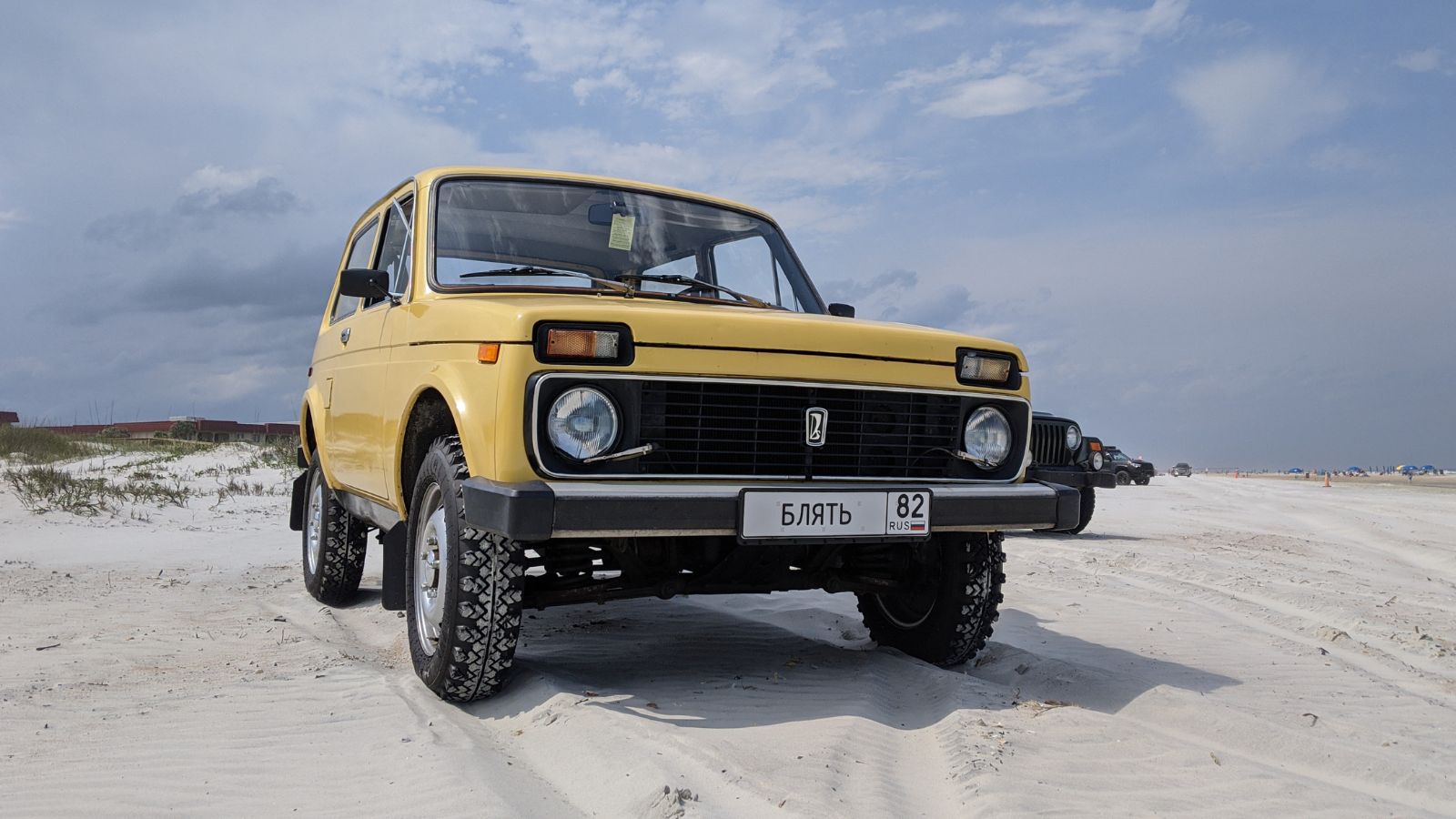
The Niva was a Russian off roader that somehow found its way into Canadian showrooms. It had some serious rugged charm and true off road ability, but it was laughably outdated and poorly constructed. Build quality was erratic at best. Starting it in winter was a gamble. Rust formed quicker than ice on Lake Louise. It was capable in the bush but miserable in the city. Owning one meant carrying a wrench and knowing how to use it.
Chrysler Sebring Convertible (1996 to 2010)
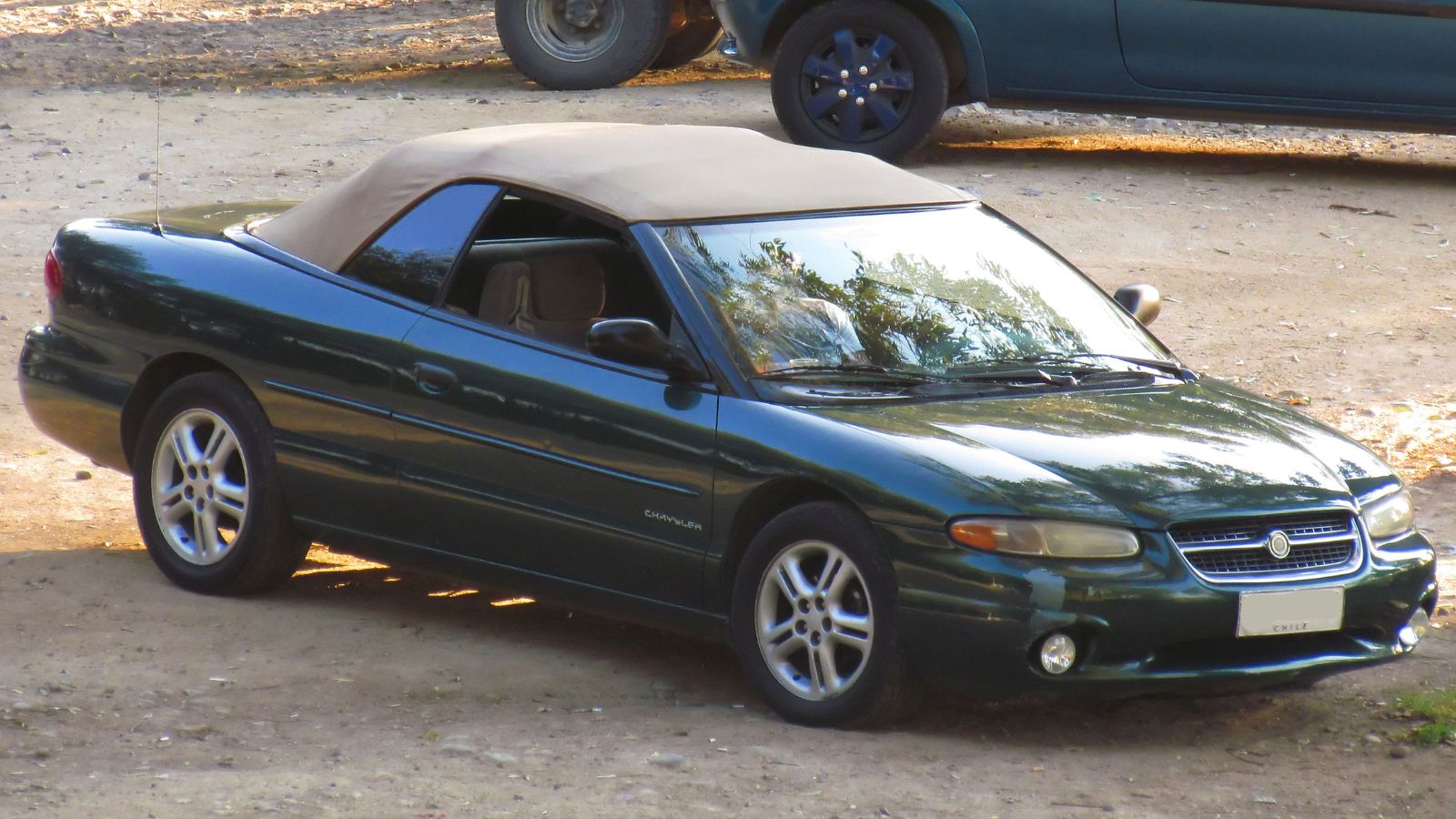
The Sebring convertible seemed ideal for Canadian summer road trips, but in reality it was better suited to being towed behind an RV than driven under its own power. The roof leaked. The plastic interior warped in the sun. The handling was vague and floaty. Steering felt like stirring soup. Power came from wheezy engines paired to transmissions that shifted like they were guessing. A car built for sun chasers with low expectations.
Suzuki X90 (1996 to 1998)
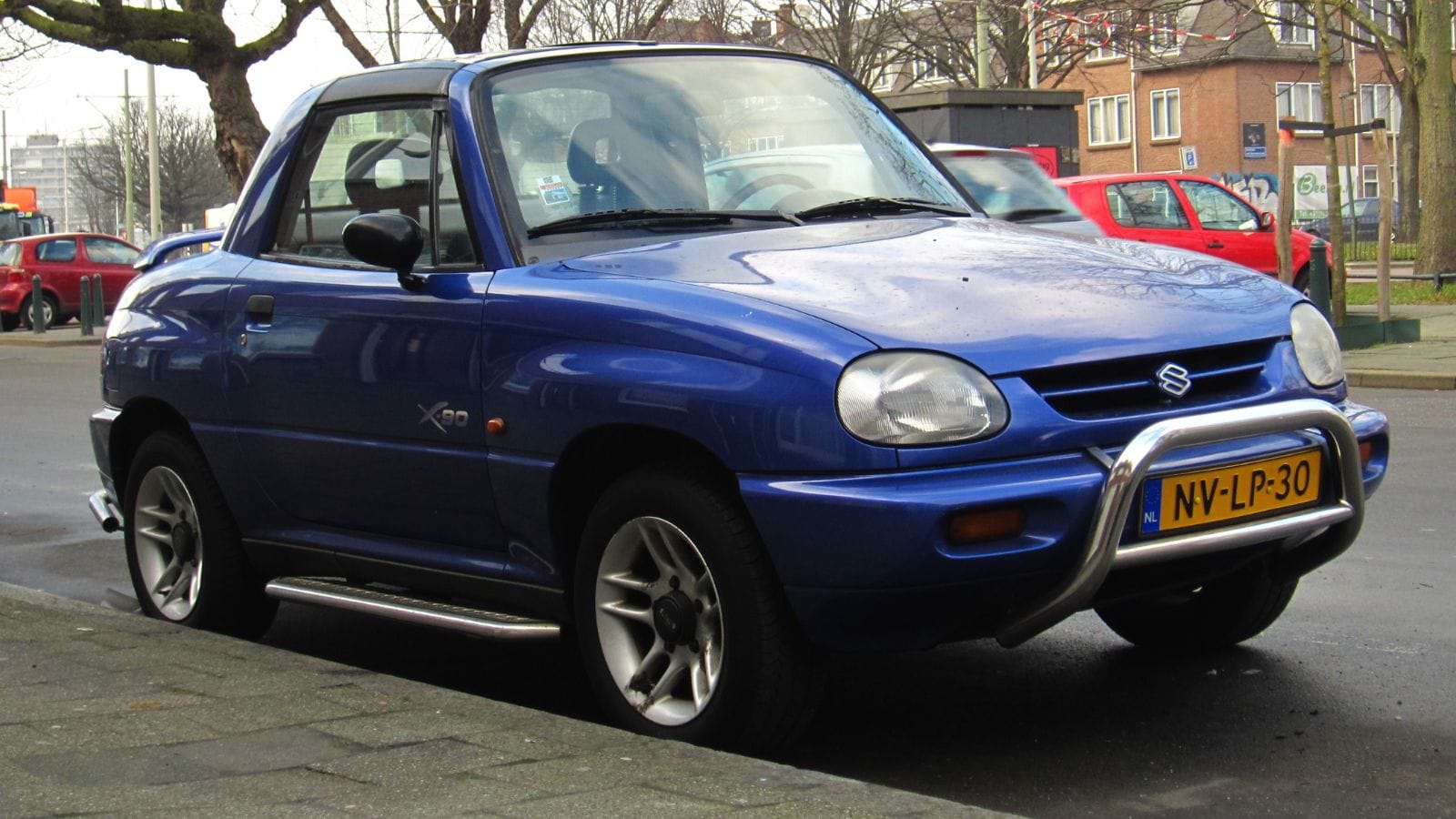
The Suzuki X90 looked like it was designed after a few too many drinks at the Tokyo Motor Show. A two seat SUV coupe with T tops and a rear mounted spare tire, it confused everyone including Suzuki. It had real four wheel drive but lacked ground clearance. It was too small for cargo and too weird for anyone to want. The ride was harsh, the steering jittery, and the proportions all wrong. Canada bought a few out of curiosity and quickly forgot about it.
Daewoo Lanos (1999 to 2002)
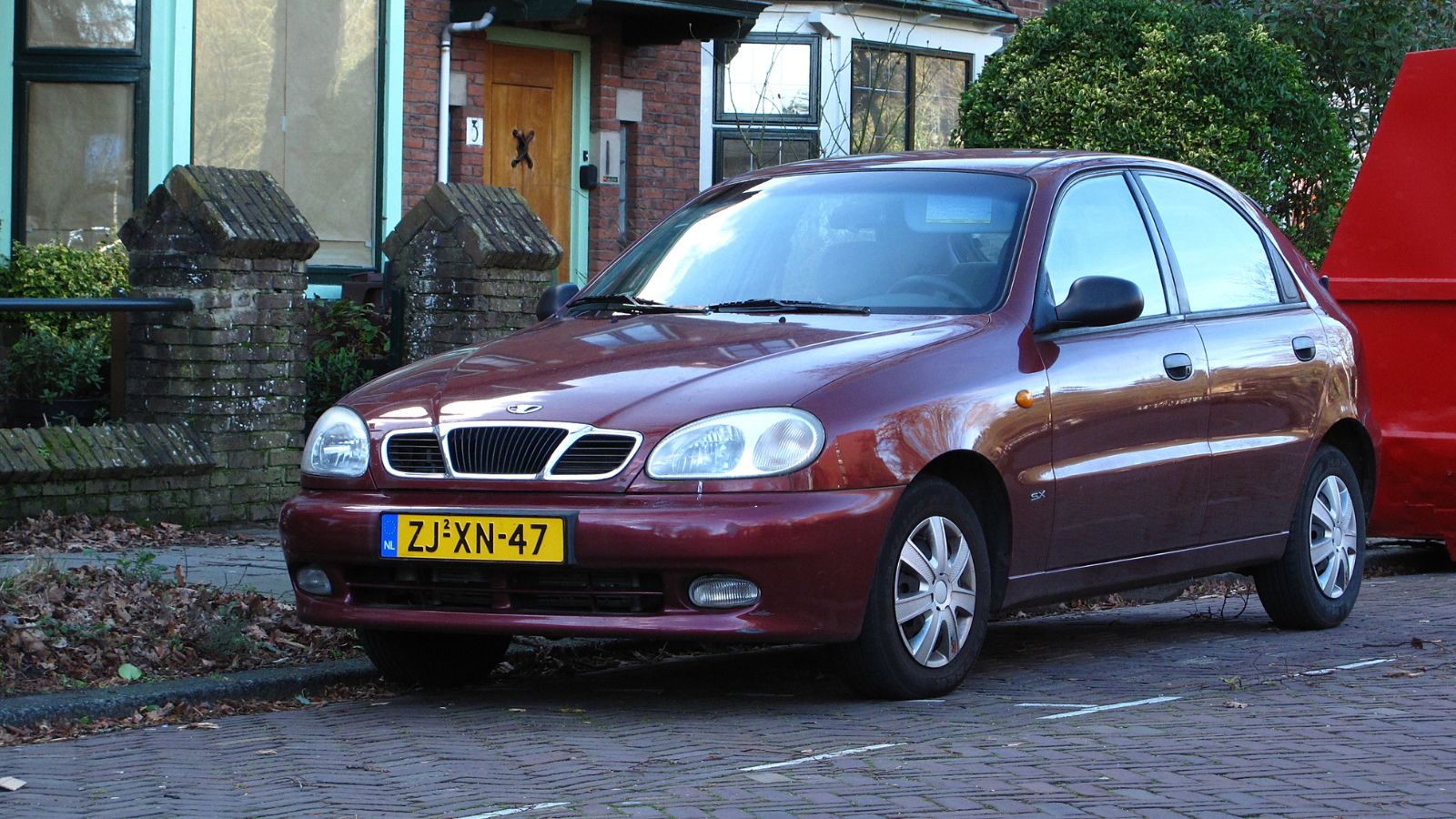
Daewoo entered the Canadian market in the late 1990s with great ambition and the Lanos as its front runner. Unfortunately, the Lanos was about as inspiring as an empty cereal box. Underpowered, cheaply made, and fitted with an interior that looked like it was designed by someone who hated driving. The worst part was parts availability. When Daewoo left the Canadian market, owners were left scrambling to source components or abandon the car entirely.
Chevrolet Aveo (2004 to 2011)
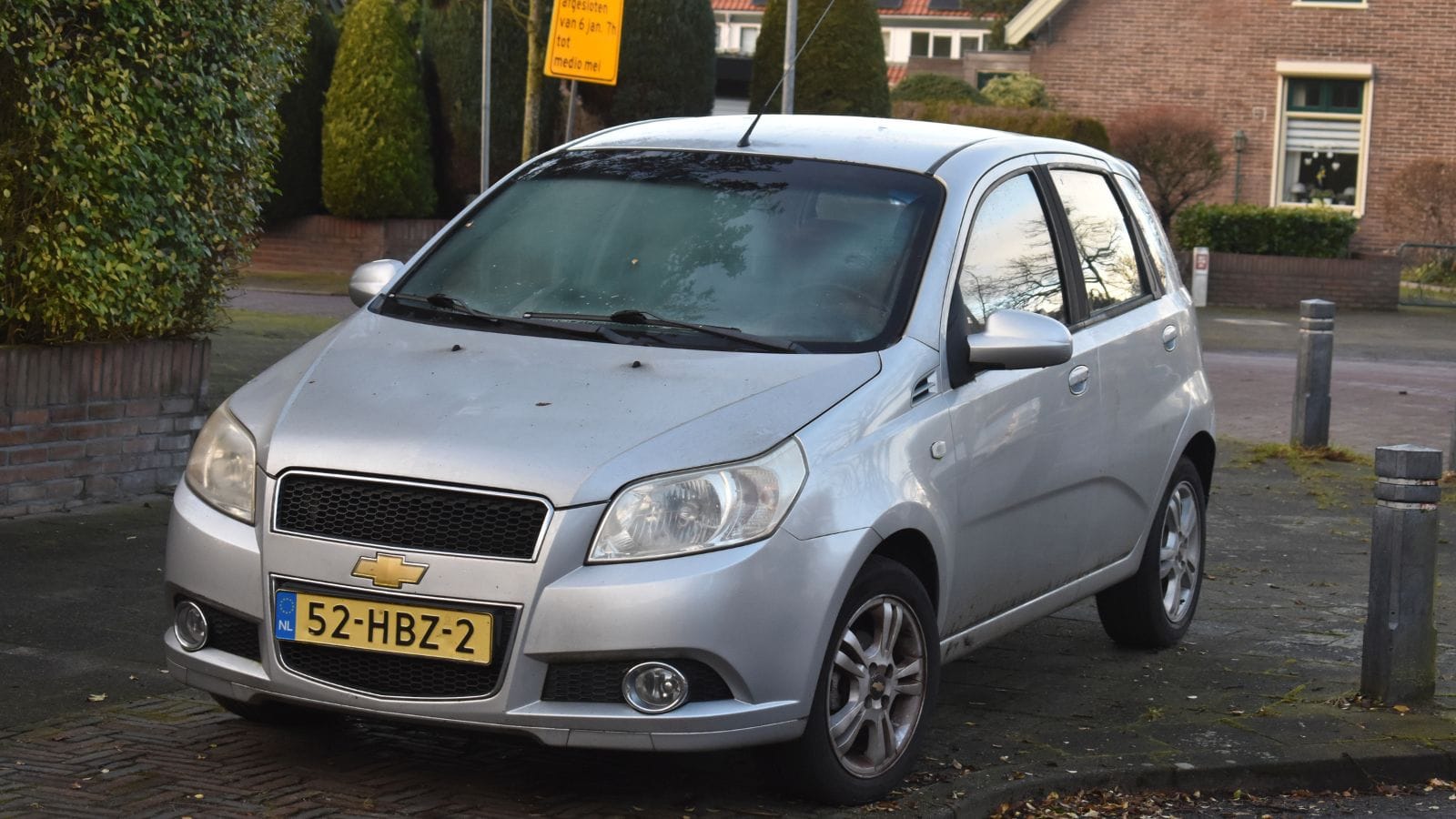
Marketed as an affordable small car, the Aveo delivered exactly that. It was affordable. But also noisy, gutless, and built with plastic so flimsy it could snap in cold weather. The driving experience was forgettable at best, punishing at worst. Interior space was tight, and the seats were barely more supportive than folding chairs. It was the kind of car you bought because you had to, not because you wanted to.
Ford Aspire (1994 to 1997)
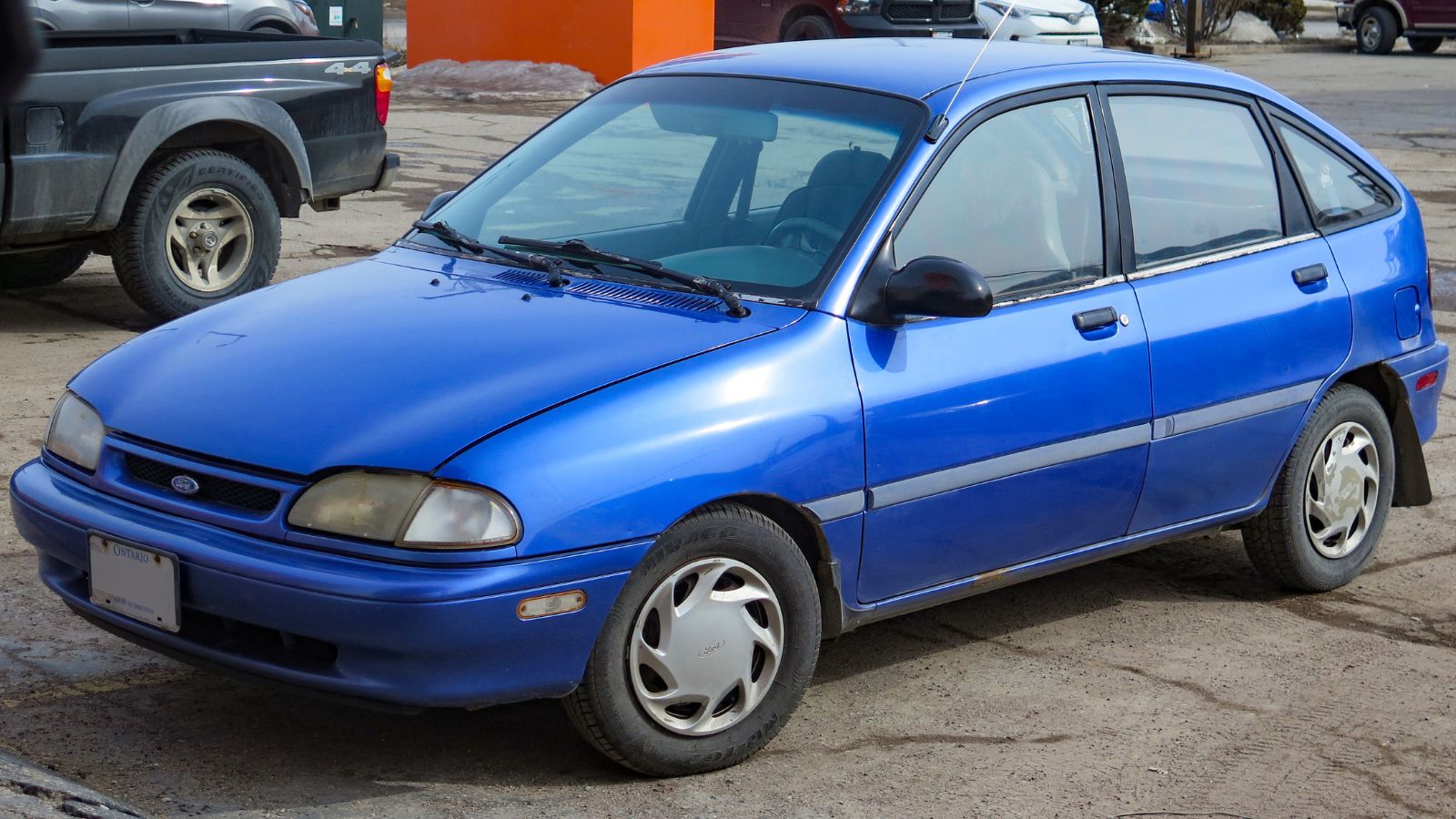
The Aspire failed to live up to its name. In fact, it did not even try. A rebadged Kia, this micro hatchback was slow, under equipped, and entirely forgettable. The 63 horsepower engine struggled with hills, and the four speed automatic made every trip feel like a chore. Interior materials were bleak, and it handled like a grocery cart with one sticky wheel. If you drove one in the nineties, we hope your situation has improved.
Nissan Cube (2009 to 2014)
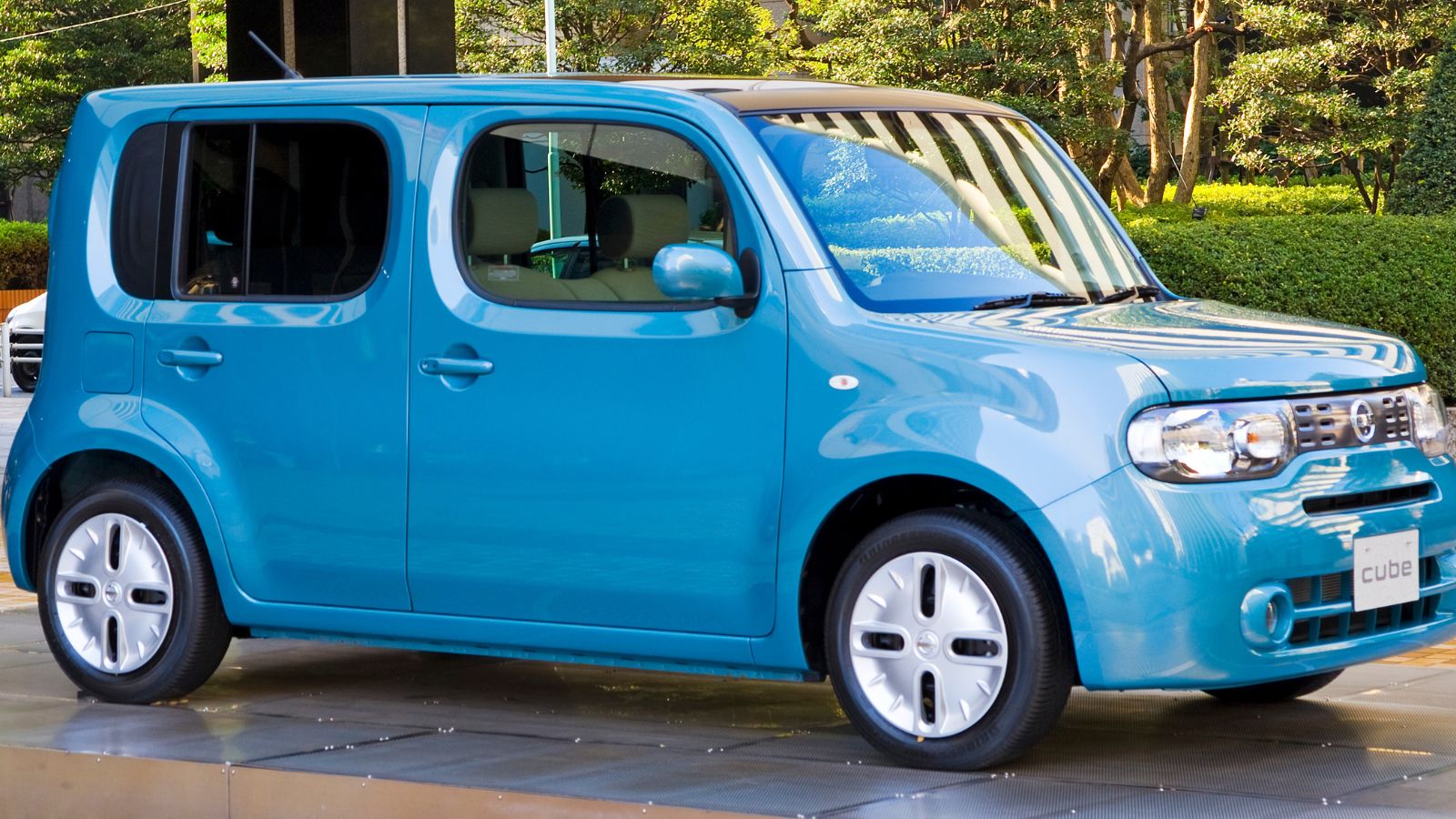
The Cube tried to bring Japanese kei car style to Canada. It came with asymmetrical windows and a jelly bean body. It was meant to be quirky and cool, but it landed with a thud. The interior felt cheap, the ride was bouncy, and the CVT was noisy and sluggish. While it had decent space inside, the overall driving experience was disconnected and uninspiring. You were more likely to see one on Pinterest than in a parking lot.
Smart ForTwo (2004 to 2019)
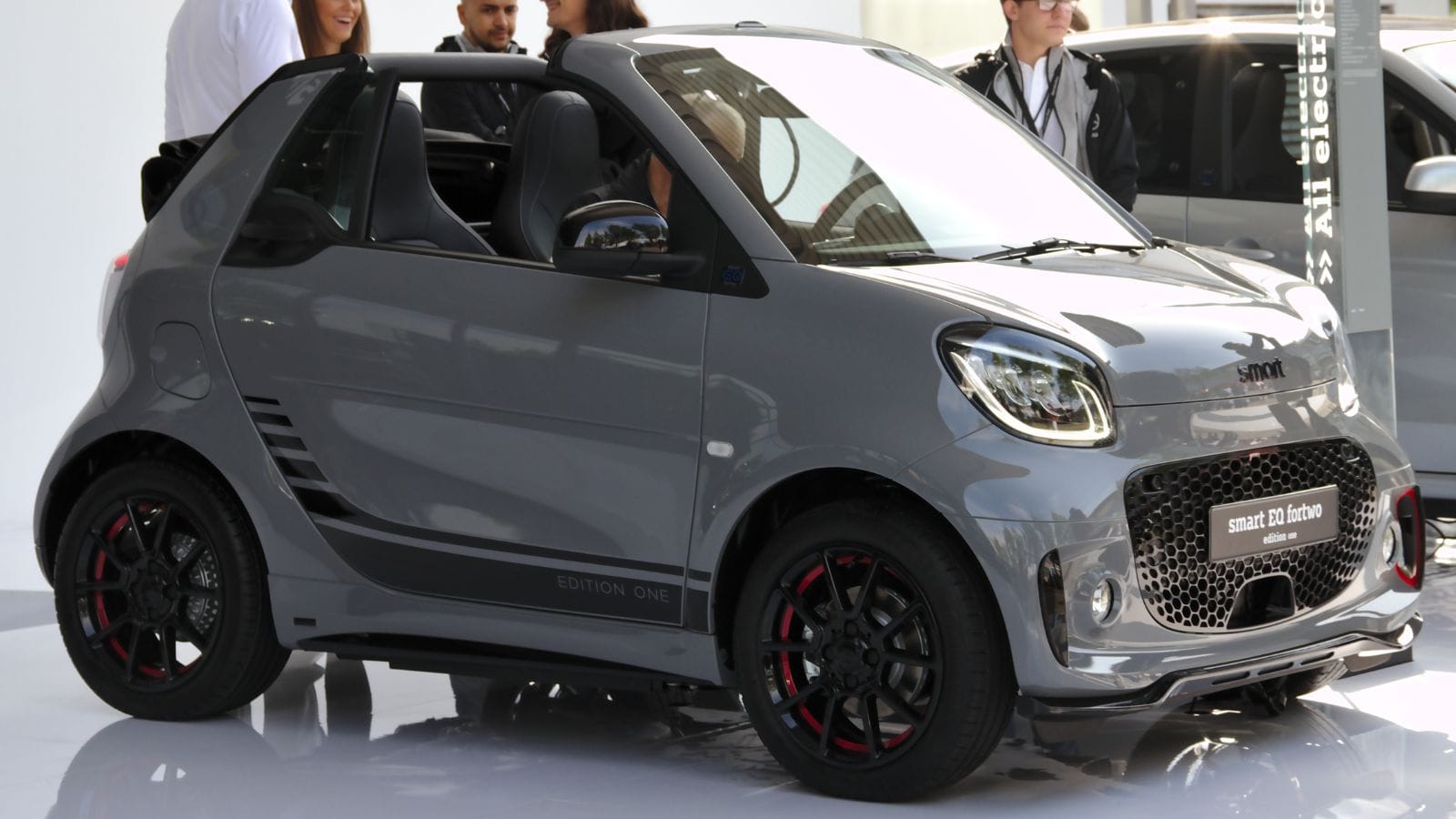
The idea of a tiny urban car sounded great for tight city streets. But the Smart ForTwo was a disaster on Canadian roads. The ride was harsh. The gearbox was jerky and slow. Acceleration was glacial. Worst of all, it was terrifying on the highway. Crosswinds could send it drifting across lanes. Cargo space was a joke, and winter driving was sketchy at best. It was a city car in a country that often felt like the Arctic.
Pontiac Aztek (2001 to 2005)
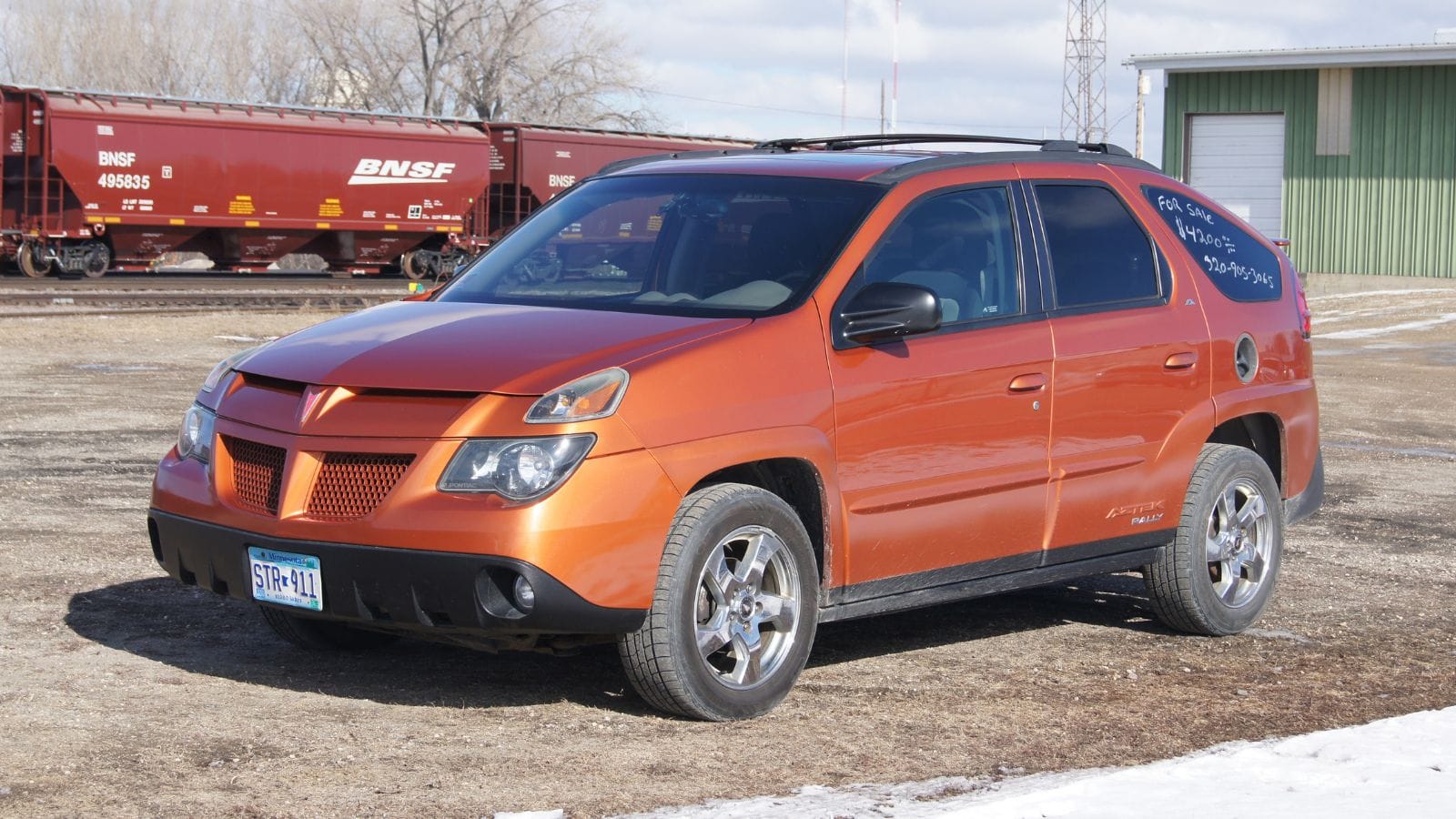
The Aztek was supposed to reinvent the crossover SUV and attract adventurous young buyers. Instead, it became the poster child for bad design. The exterior looked like a collection of unrelated shapes mashed together. The interior was cheap, and the drivetrain unimpressive. While it offered a tent attachment and a built in cooler, no one cared. Canadians laughed it off the lot. Years later, Breaking Bad made it cool in irony only.
Jeep Compass First Generation (2007 to 2016)
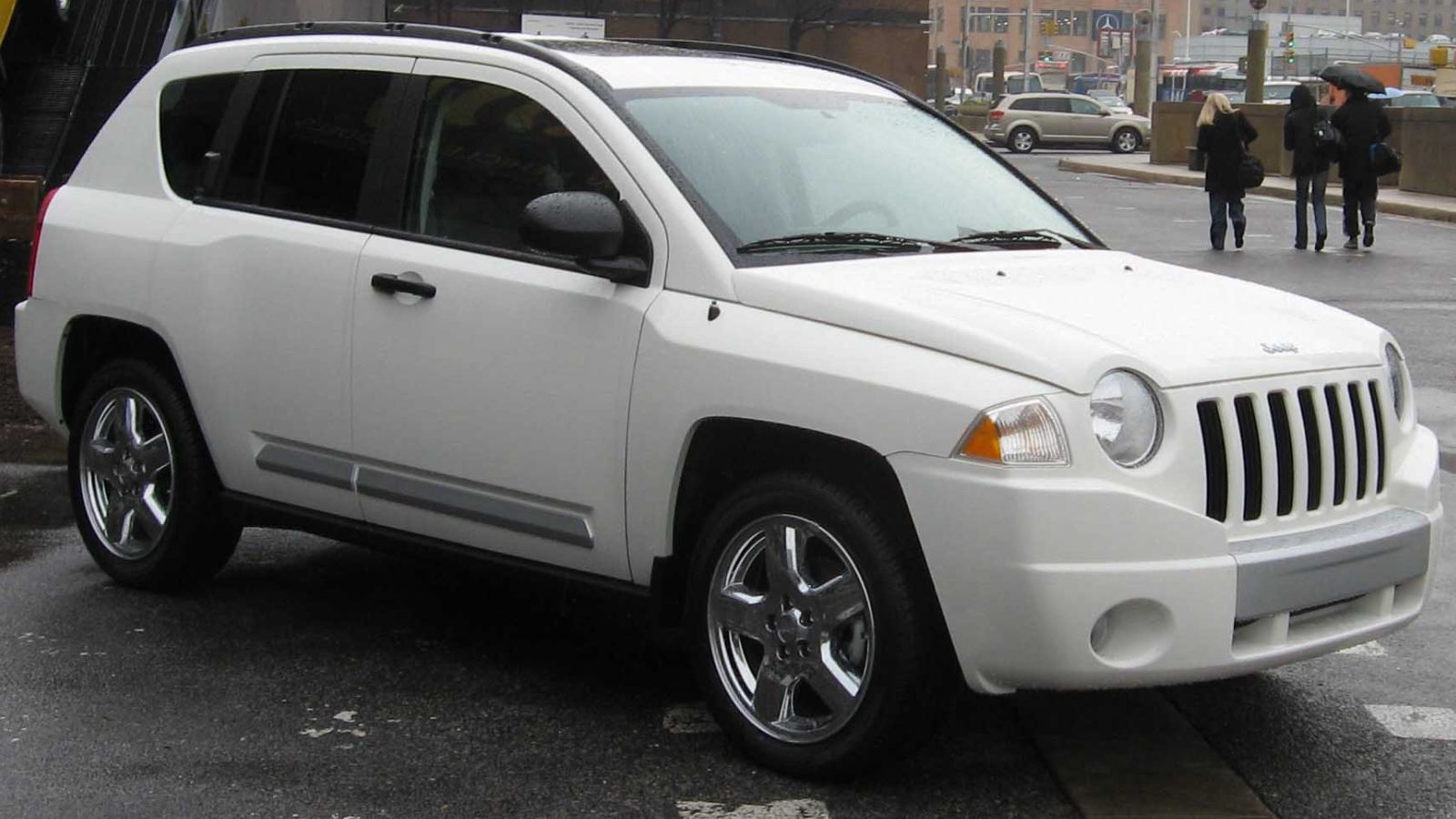
Jeep loyalists were horrified when the Compass arrived. The first generation model had front wheel drive, no low range, and styling that looked unfinished. The CVT was unrefined. The interior was hard plastic. It lacked the off road chops that made Jeep a household name and did not offer any of the refinement needed to compete with modern crossovers. It was a Jeep in name only and quickly developed a reputation for mediocrity.
25 Facts About Car Loans That Most Drivers Don’t Realize

Car loans are one of the most common ways people fund car purchases. Like any other kind of loan, car loans can have certain features that can be regarded as an advantage or a disadvantage to the borrower. Understanding all essential facts about car loans and how they work to ensure that you get the best deal for your financial situation is essential. Here are 25 shocking facts about car loans that most drivers don’t realize:
25 Facts About Car Loans That Most Drivers Don’t Realize
